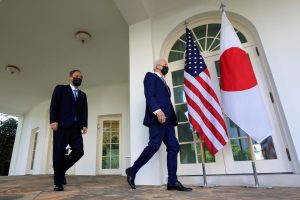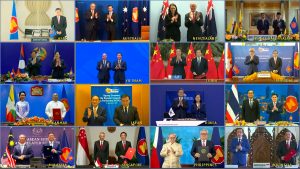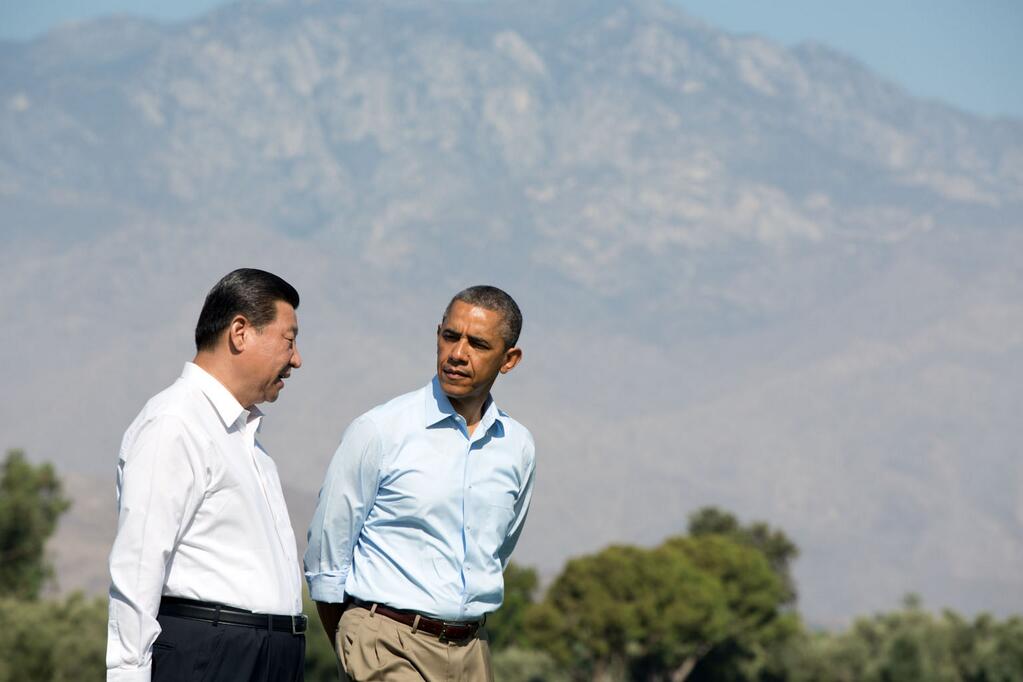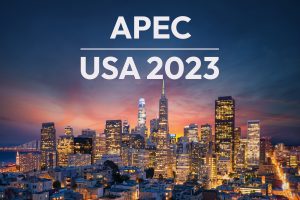 Doing some quick catch up on the APEC Summit that was held between November 11th and 17th in San Francisco. The main event, as it turned out, was the much discussed bilateral summit between China’s Xi Jinping and US President Joe Biden. While the Indo-Pacific Economic Framework for Prosperity (IPEF) meetings to receive some attention – more for what didn’t happen than what was secured – the APEC gathering activity was dominated by US-China Bilateral Summit and there was some attention paid to the other bilateral Summit of note that between President Xi and the Japanese Prime Minister Fumio Kishida.
Doing some quick catch up on the APEC Summit that was held between November 11th and 17th in San Francisco. The main event, as it turned out, was the much discussed bilateral summit between China’s Xi Jinping and US President Joe Biden. While the Indo-Pacific Economic Framework for Prosperity (IPEF) meetings to receive some attention – more for what didn’t happen than what was secured – the APEC gathering activity was dominated by US-China Bilateral Summit and there was some attention paid to the other bilateral Summit of note that between President Xi and the Japanese Prime Minister Fumio Kishida.
The Post here is constructed from several Substack Posts in Alan’s Newsletter: “Maintaining ‘Entanglement‘: APEC Summit discussions and more” and “It’s working; just not like what was anticipated: The sudden rise of Bilaterals”; and “So Success, or What? Final thoughts on the Summits in San Francisco”. Feel free to subscribe to my Substack: Alan’s Newsletter
Maintaining ‘Entanglement’: APEC Summit discussions and more
It appears that we are likely to see a meeting this month of President Xi and President Biden at the margins of the APEC Summit. I think that is a good thing. What can we, or should we, expect from such a summit of leaders of the two leading powers? While contemplating this question, I was caught by two articles written by Brookings colleague, Ryan Hass. Ryan has recently been named director of the John L. Thornton China Center and holds the Chen-Fu and Cecilia Yen Koo Chair in Taiwan Studies at Brooking is also a senior fellow in the Center for East Asia Policy Studies. Ryan has contributed two first rate articles on US-China relations – what they are, and what they need to be.*
First, there is the big question of where US-China relations are, and then where they need to be? There is little question that Ryan is correct in believing that the US and the global order would be far worse off if China were to exit the current international system fragmenting what is still a critical -and I believe necessary – ‘single international community’. As Ryan urged in one of the two contributions, this a recent Foreign Affairs piece:
Washington should aim to preserve a functioning international system that supports U.S. security and prosperity—and that includes China rather than isolates it. Meanwhile, the United States should maintain a strong military to deter China from using force against the United States or its security partners and seek to sustain an overall edge over China in technological innovation, particularly in fields with national security implications. … Washington’s goal should be to keep China entangled in a global system that regulates interstate behavior and pushes Beijing to conclude that the best path to the realization of its national ambitions would be to operate within existing rules and norms.
‘Entanglement’ as a strategic aim strikes me as ‘right on target’.

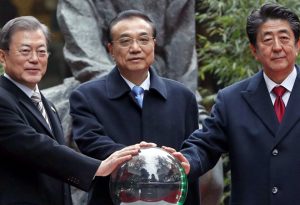 While I have suggested earlier that I don’t think an initial focus on building regional or multilateral institutions is necessarily the best first step in global governance and possibly a means to ‘tone down’ geopolitical competition rhetoric and action, I am now about to contradict myself and this position. For, in the end, there are some obvious regional and international institutions that could encourage collaborative action and push global governance collaboration. And, in fact, I have in mind an obvious one that has – as a current Chinese slang term might well describe it – ‘tang ping’ 躺平 – or ‘lying flat’. It is the Trilateral Summit.
While I have suggested earlier that I don’t think an initial focus on building regional or multilateral institutions is necessarily the best first step in global governance and possibly a means to ‘tone down’ geopolitical competition rhetoric and action, I am now about to contradict myself and this position. For, in the end, there are some obvious regional and international institutions that could encourage collaborative action and push global governance collaboration. And, in fact, I have in mind an obvious one that has – as a current Chinese slang term might well describe it – ‘tang ping’ 躺平 – or ‘lying flat’. It is the Trilateral Summit.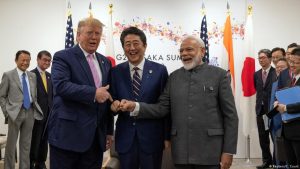
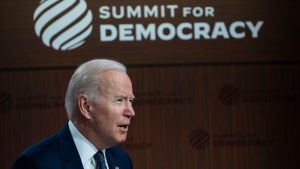 So, the
So, the 